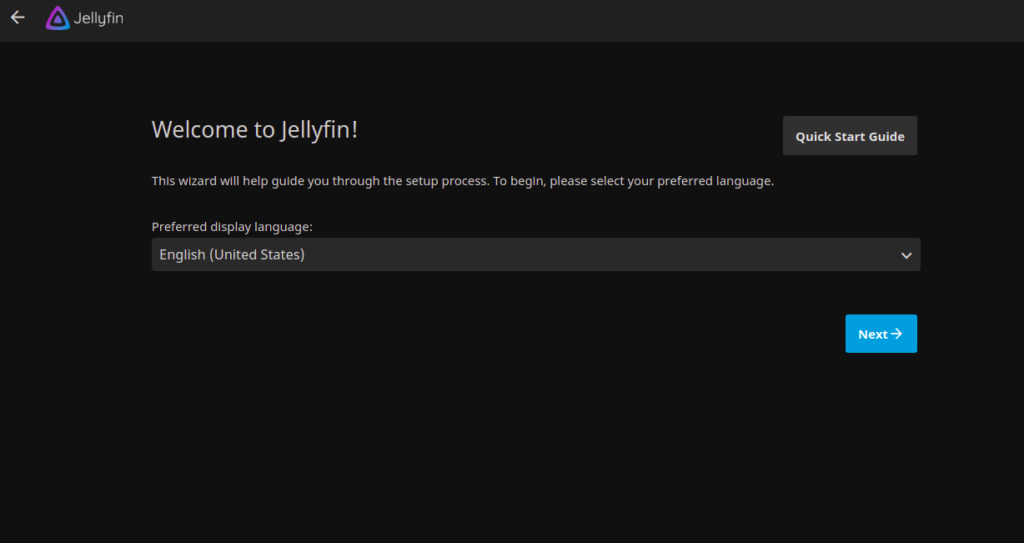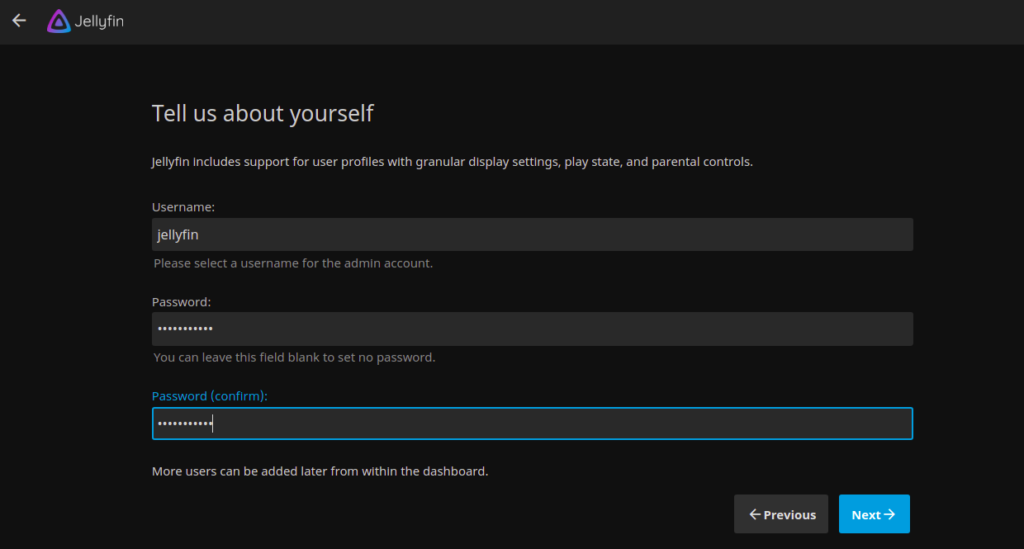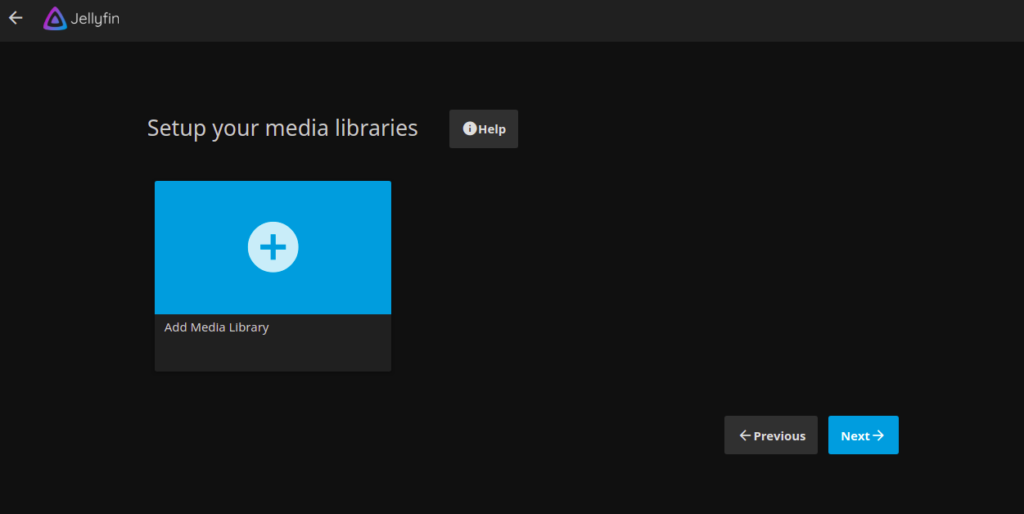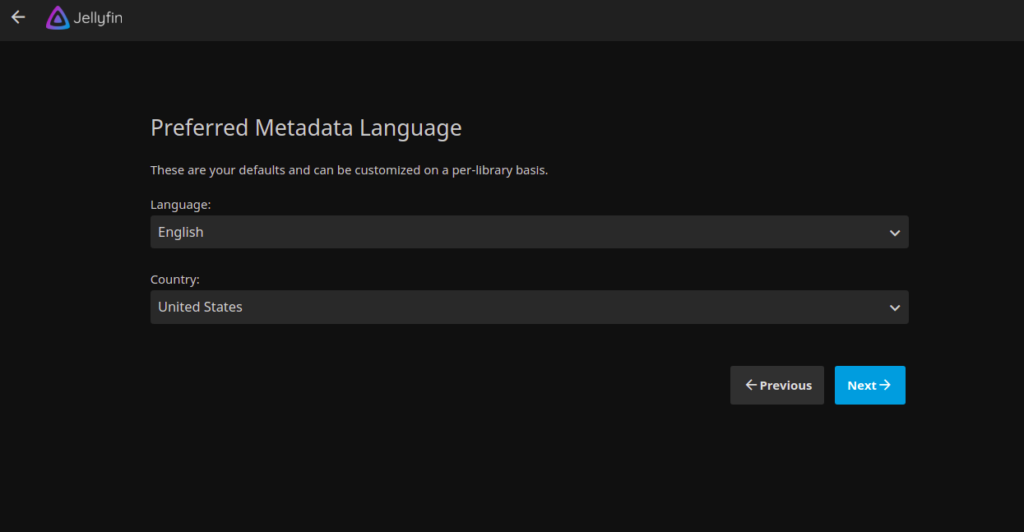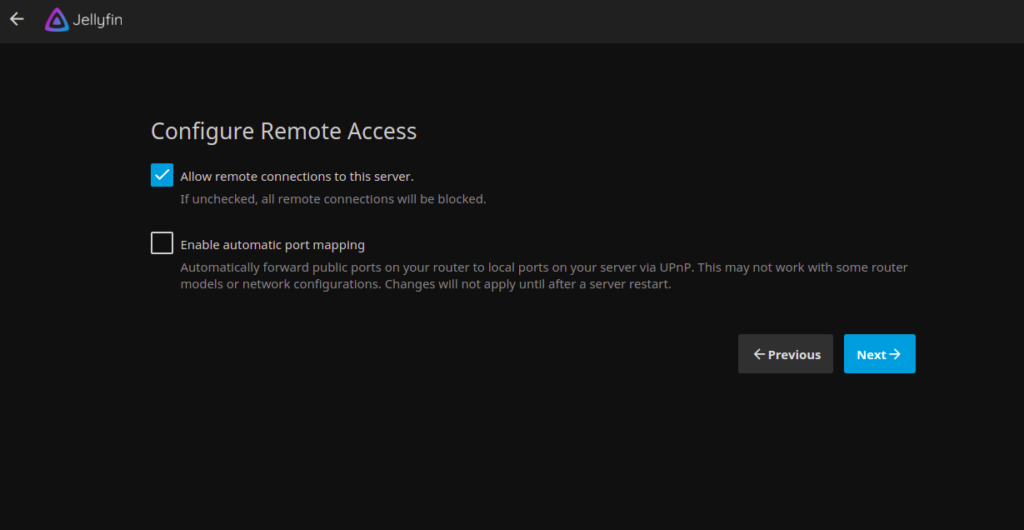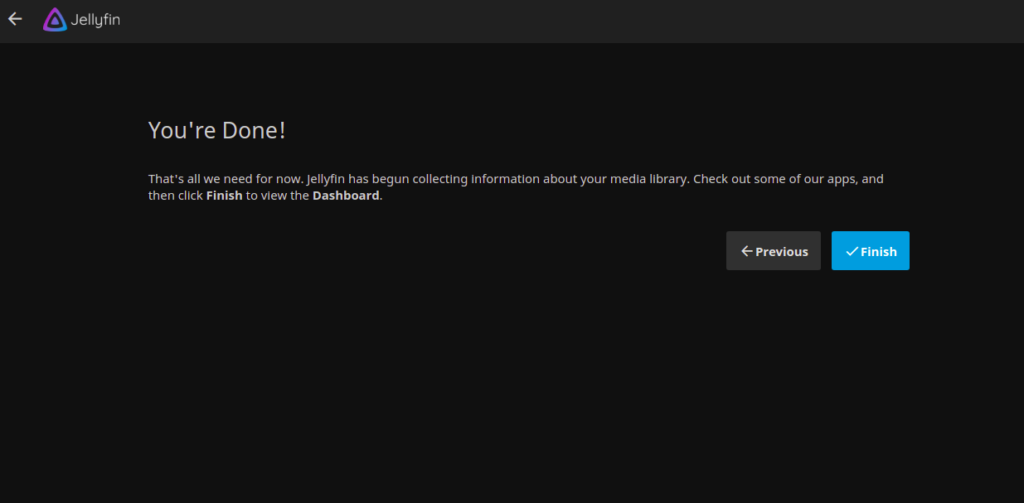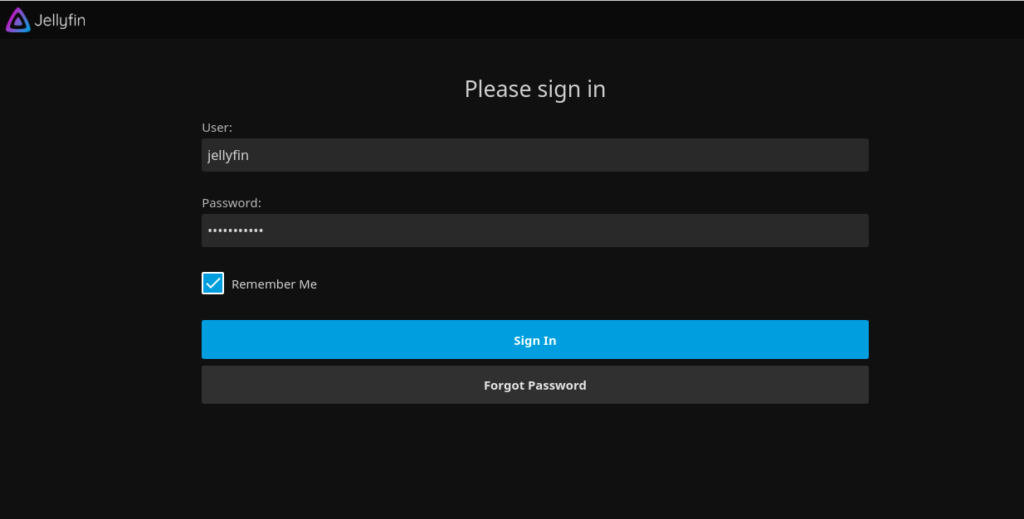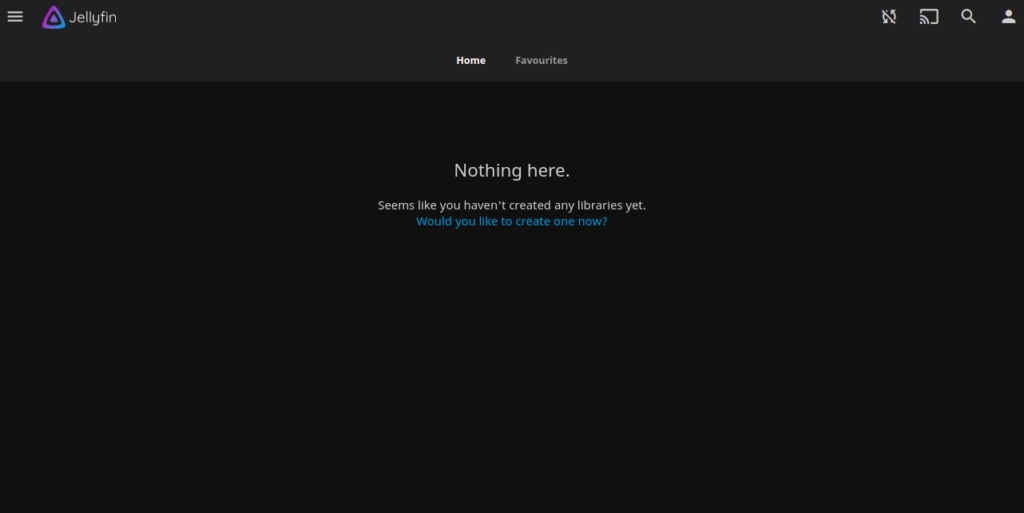Jellyfin is a free and open-source media streaming software used to organize media content and stream it to any device. It is similar to other media streaming applications like Plex and Netflix. Jellyfin is cross-platform, and it can be accessed from a range of devices such as mobile phones, tablets, TVs, PCs and popular media devices like Roku or NVIDIA Shield. Jellyfin manages all your movies, songs, photos, and podcasts from a central location and streams them to other devices.
In this post, we will show you how to install the Jellyfin media server on Rocky Linux 10.
Step 1 – Install Required Repository
By default, the Jellyfin media package is not included in the Rocky Linux 10 default repo, so you will need to add the EPEL, RPM Fusion, and Power Tools repo to your system.
You can install all of these using the following commands:
dnf update -y
dnf install epel-release -y dnf install --nogpgcheck https://mirrors.rpmfusion.org/free/el/rpmfusion-free-release-9.noarch.rpm https://mirrors.rpmfusion.org/nonfree/el/rpmfusion-nonfree-release-9.noarch.rpm -y
Next, install the SDL2 and FFmpeg packages with the following command:
dnf install -y SDL2 ffmpeg ffmpeg-devel
Once all the required packages are installed, you can move to the next step.
Also Read
How to Compare Two Files in Linux Terminal
Step 2 – Install Jellyfin Media Server
First, change the directory to /opt and download the latest version of Jellyfin.
cd /opt wget https://repo.jellyfin.org/files/server/linux/latest-stable/amd64/jellyfin_10.10.7-amd64.tar.gz
Next, extract the downloaded file.
tar xvzf jellyfin_10.10.7-amd64.tar.gz
Next, navigate to the jellyfin directory and create required directories.
cd jellyfin mkdir data cache config log
Next, create a jellyfin start up script.
nano jellyfin.sh
Add the following content.
#!/bin/bash JELLYFINDIR="/opt/jellyfin" FFMPEGDIR="/usr/bin" $JELLYFINDIR/jellyfin \ -d $JELLYFINDIR/data \ -C $JELLYFINDIR/cache \ -c $JELLYFINDIR/config \ -l $JELLYFINDIR/log \ --ffmpeg $FFMPEGDIR/ffmpeg
Give the executable permission.
chmod 755 jellyfin.sh
Also Read
How to Remove Files and Directories in Linux
Step 3 – Create Systemd Service File
First, create a systemd service file to manage the Jellyfin service.
nano /etc/systemd/system/jellyfin.service
Add the following lines.
[Unit] Description=Jellyfin After=network.target [Service] Type=simple User=root Restart=always ExecStart=/opt/jellyfin/jellyfin.sh [Install] WantedBy=multi-user.target
Reload the systemd daemon to apply the changes.
systemctl daemon-reload
Start and enable the Jellyfin service.
systemctl enable jellyfin.service systemctl start jellyfin.service
Verify the Jellyfin service status.
systemctl status jellyfin.service
Output.
● jellyfin.service - Jellyfin
Loaded: loaded (/etc/systemd/system/jellyfin.service; disabled; preset: disabled)
Active: active (running) since Thu 2025-10-16 23:34:06 EDT; 15s ago
Invocation: d9a9d40f8ee24beebf982aaac5fde52e
Main PID: 9922 (jellyfin.sh)
Tasks: 19 (limit: 24809)
Memory: 113.8M (peak: 128.6M)
CPU: 10.560s
CGroup: /system.slice/jellyfin.service
├─9922 /bin/bash /opt/jellyfin/jellyfin.sh
└─9923 /opt/jellyfin/jellyfin -d /opt/jellyfin/data -C /opt/jellyfin/cache -c /opt/jellyfin/config -l /opt/jellyfin/log --ffmpeg /usr/bin/ffmpeg
Step 4 – Access Jellyfin Web Installation Wizard
At this point, Jellyfin is installed and listens on port 8096. You can now check the listening port with the following command:
ss -antpl | grep 8096
You will get the following output:
LISTEN 0 128 0.0.0.0:8096 0.0.0.0:* users:(("jellyfin",pid=2469,fd=289))
Now, open your web browser and access the Jellyfin web interface using the URL http://your-server-ip:8096. You will be redirected to the following screen:
Select your language and click on the Next button. You should see the following screen:
Provide your Jellyfin admin username and password and click on the Next button. You should see the following screen:
Click on the Next button. You should see the following screen:
Select your metadata language and click on the Next button. You should see the following screen:
Configure remote access and click on the Next button. Once the installation is finished, you should see the following screen:
Click on the Finish button. You should see the Jellyfin login screen:
Provide your admin username, password, and click on the Sign In button. You should see the Jellyfin dashboard on the following screen:
Conclusion
In this guide, we explained how to install the Jellyfin media streaming server on Rocky Linux 10. Now, add your movies and other media to the Jellyfin media library and start streaming them from remote devices. Try installing a media server on a dedicated server from Atlantic.Net!
